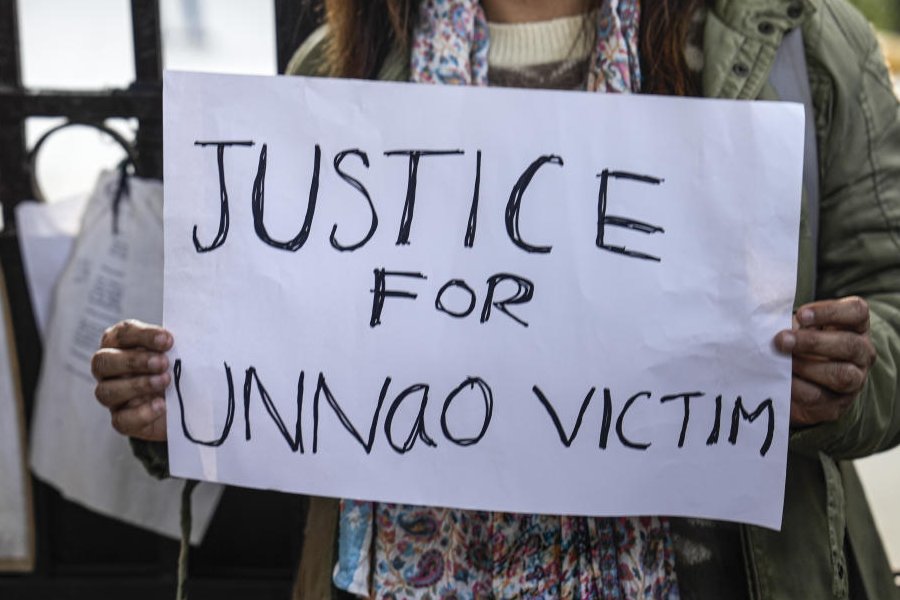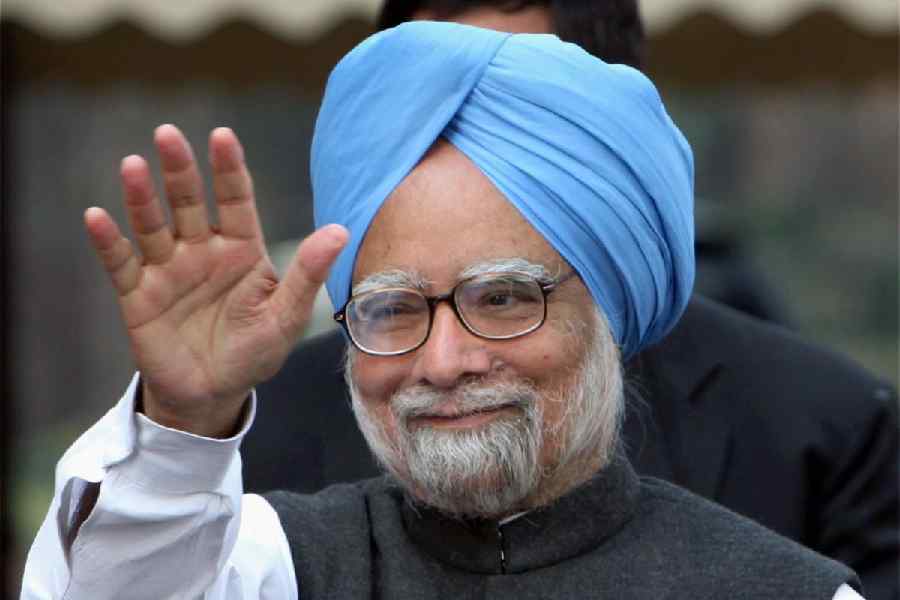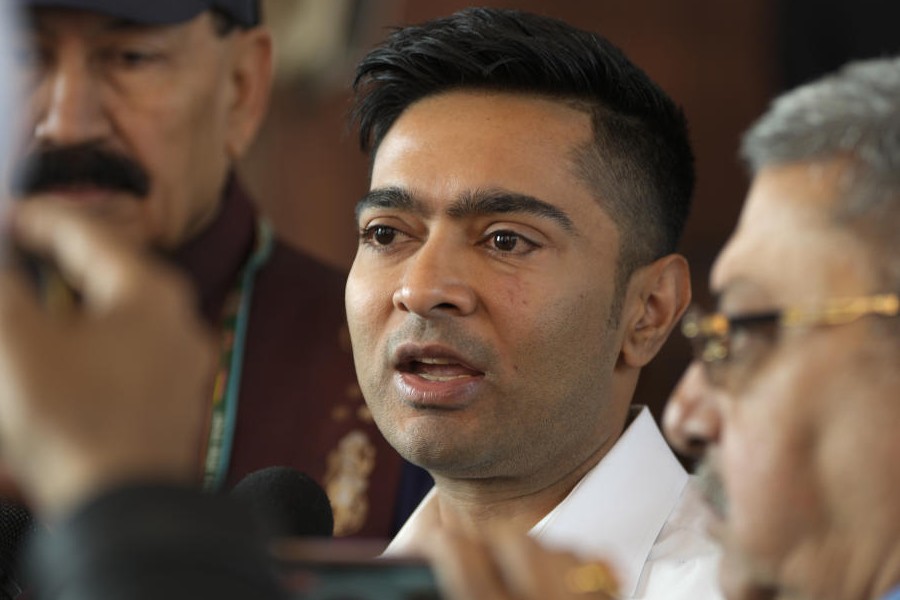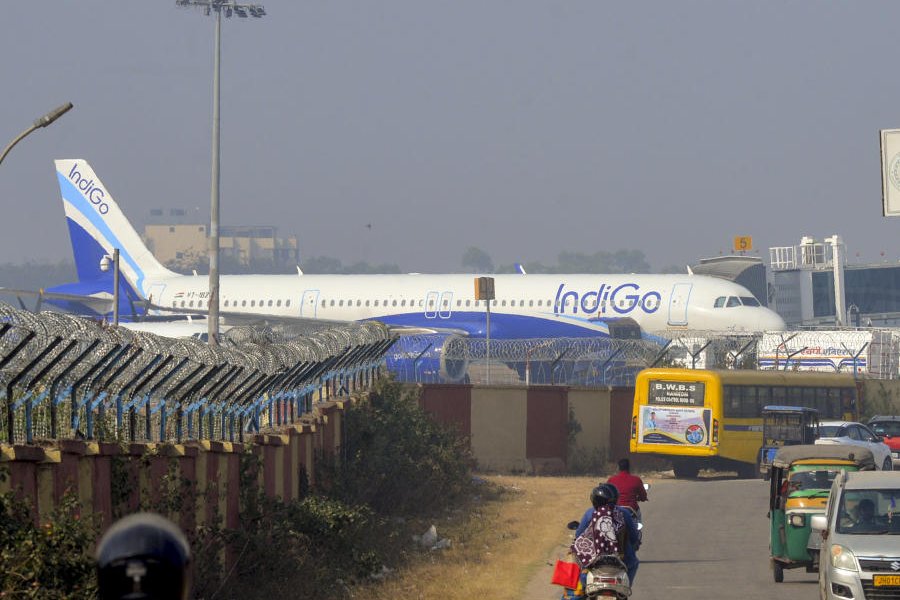 |
| Stephen McCutcheon. Picture by Rajesh Kumar |
New Delhi, Sept. 6: Later this week, a young Briton will hoist himself up on the back of a horse and hit the Old Silk Route, just as traders used to do centuries ago, but business is farthest from his mind.
Stephen McCutcheon begins his journey from Delhi on Friday, travelling first to Pakistan and then to China, touching trading posts of the Silk Route on the way, possibly not exactly in the manner of the caravans of old. Nor is he following in the footsteps of modern-day adventurers who travel around the world on a bicycle or even on foot.
“Riding a horse has always been a dream,” says McCutcheon, who has taught in a school in a remote area of Nepal.
He intends to raise £100,000 for education, particularly in India and Pakistan, after seeing the absence of opportunities for the poor through his adventure with the support of Actionaid India. His vision is to “combine an original, simple idea with a worthy cause that I value”.
McCutcheon, who graduated from Loughborough University in the UK, got the idea of riding from India to China when he and his friends were talking about a person who was travelling across the world on a cycle. “I initially wanted to drive a (an auto) rickshaw. It would have been much faster. But the good thing about riding a horse is that it is not impossible,” he says.
On the advice of experts at the Indian Agricultural College at Hissar, the 25-year-old has just bought a Kathiawari mare and named her Rosy. “I am really interested in desi breeds,” he adds.
“It is for the first time that someone has applied for a passport for a horse. I have applied for a permit to bring my horse through the border as a ‘vehicle’ at the Pakistan High Commission. That was a few weeks back and I am waiting for a reply,” says McCutcheon.
If his horse does not get a Pakistani permit or passport, he will do a swap. “I will take my horse to the Wagah border. I will either hand it to someone or sell it. Once I cross over to Pakistan, I will buy another horse there. The same thing I will have to do once I enter China.”
Before hitting the long trail, McCutcheon has been practising his riding skills for the last two weeks — Rosy, of course, has a stable temperament but she is not going to be with him all through the trip. When he reaches Gilgit, he will buy a local horse of a stockier breed from the Sust valley of Pakistan or of Afghan descent.
“These horses are hardier and much more suited to riding in the mountains at an altitude. The topography of the land after the Kunjerab Pass remains at an average altitude of 3,500 metres. The Kathiawari horse would simply not cope efficiently at this height,” McCutcheon says.
In Pakistan, he will travel along the Karakoram highway built by the Chinese. Crossing Kashgar, one of the great outposts on the Silk Route, in mid-November, he will take about a month to reach Tu-lu-fan as he skirts the Taklamakan desert of Northern China. After reaching the Great Wall of China, going around Inner Mongolia, he will reach Beijing.
“I am really looking forward to it,” he says. “There is an enchantment about the Old Silk Route.”











